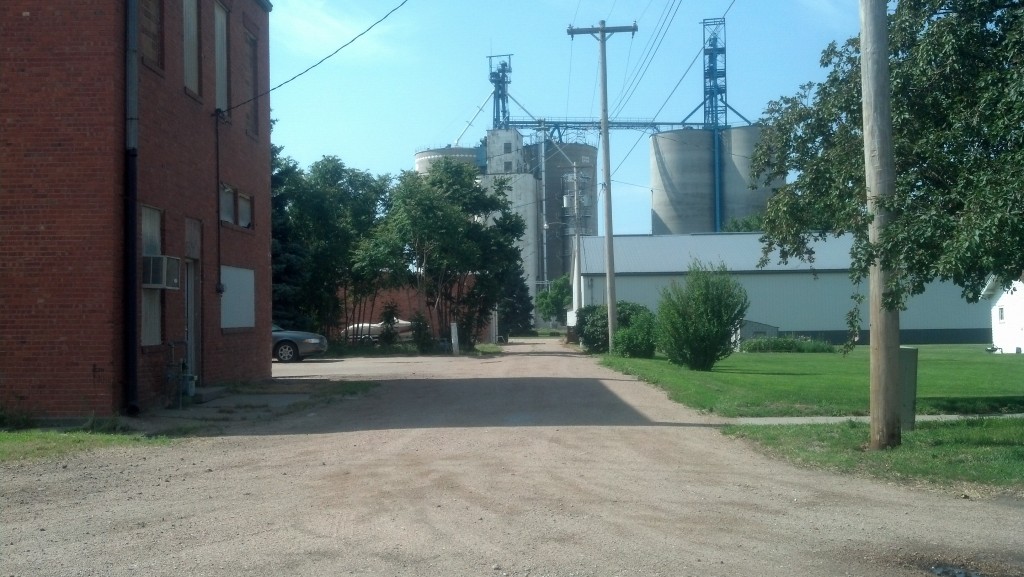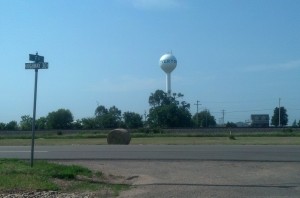OVERTON, Neb. — While no two towns are exactly alike, there’s something of a pattern that the chain of human settlement in the Platte River valley follows. Long-haul travelers on Interstate 80 will miss this, but those following U.S. 30 will likely pick up on the template for these towns along the way.
Heading out of any city, town or Census-designated place along U.S. 30, and off in the distance, a tower will rise out of the alignment of the road a few miles down the highway.
A few minutes later, cruising alongside the Union Pacific Railroad tracks and through the flat countryside, the outline of the next town will come into view. Heading west, the tracks are on the left and the town is on the right, just north of the highway. Between the highway and the Union Pacific tracks is the tall grain elevator standing amid a cluster of warehouses and other support buildings.
The town’s street grid will start at the highway and assuming it’s a small place — and most of them are — it will spread out for a few blocks before the flat farmland reappears.
This pattern will repeat itself every few miles, though the positions of the highway, railroad and grain elevator may shift depending on town.
It’s hard to miss the Platte River valley’s chain of grain elevators, which stand in succession along the Union Pacific like the Great Wall’s beacon towers. After awhile, this repetition will play out town and after town.
Overton, with a population of just under 600 people, generally fits this Platte River pattern, but its history doesn’t.
In the mid 1860s, the Union Pacific, pressing westward from Omaha, had a railroad siding called Overton. A town was laid out adjacent to that spot in 1873.
According to Nebraska Moments:
Population movement to the Overton area was not rapid until 1880, when a large group of African American immigrants from Canada settled in and around Overton. They in turn attracted other black settlers from the South.
These African Americans, called Exodusters (“a term that combined the biblical idea of an exodus to a promised land with the desire to become a farmer, a duster,” according to the book), did not stay long in Overton, which also was developing a larger population of English, Irish and German immigrants.
By 1907, Overton’s Exodusters resettled farther north in Nebraska’s Cherry County on Sand Hills homesteads claimed under the 1904 Kincaid Act. But those settlements essentially evaporated due to the tough conditions these homesteaders faced.
An Early History of Cherry County, Nebraska, published in 1945:
Many of these settlers were from the city and did not like country life, so when they made final proof on their claims, they sold their holdings to ranchmen and returned to the city. Many of them gave up and sold out during the depression that followed the first war.
These days, according to the 2010 Census, 95 percent of Overton is white.
I found Overton to be a very still place. Rolling down my car window, I could only hear the wind. There’s not much of a downtown to speak of, just a spattering of commercial buildings fronting U.S. 30. But there’s not much commercial life. There’s not much life here in any regard. I didn’t see a soul that Wednesday morning. There were no cars out on Overton’s small grid of streets.
As I drove around and back toward U.S. 30, Overton was hypnotic and seemingly stuck in stasis.
Will Nebraska continue to empty out the farther west I go?



Pingback: Seeing Rural Nebraska’s Great Demographic Shift | The Lincoln Highway Guide